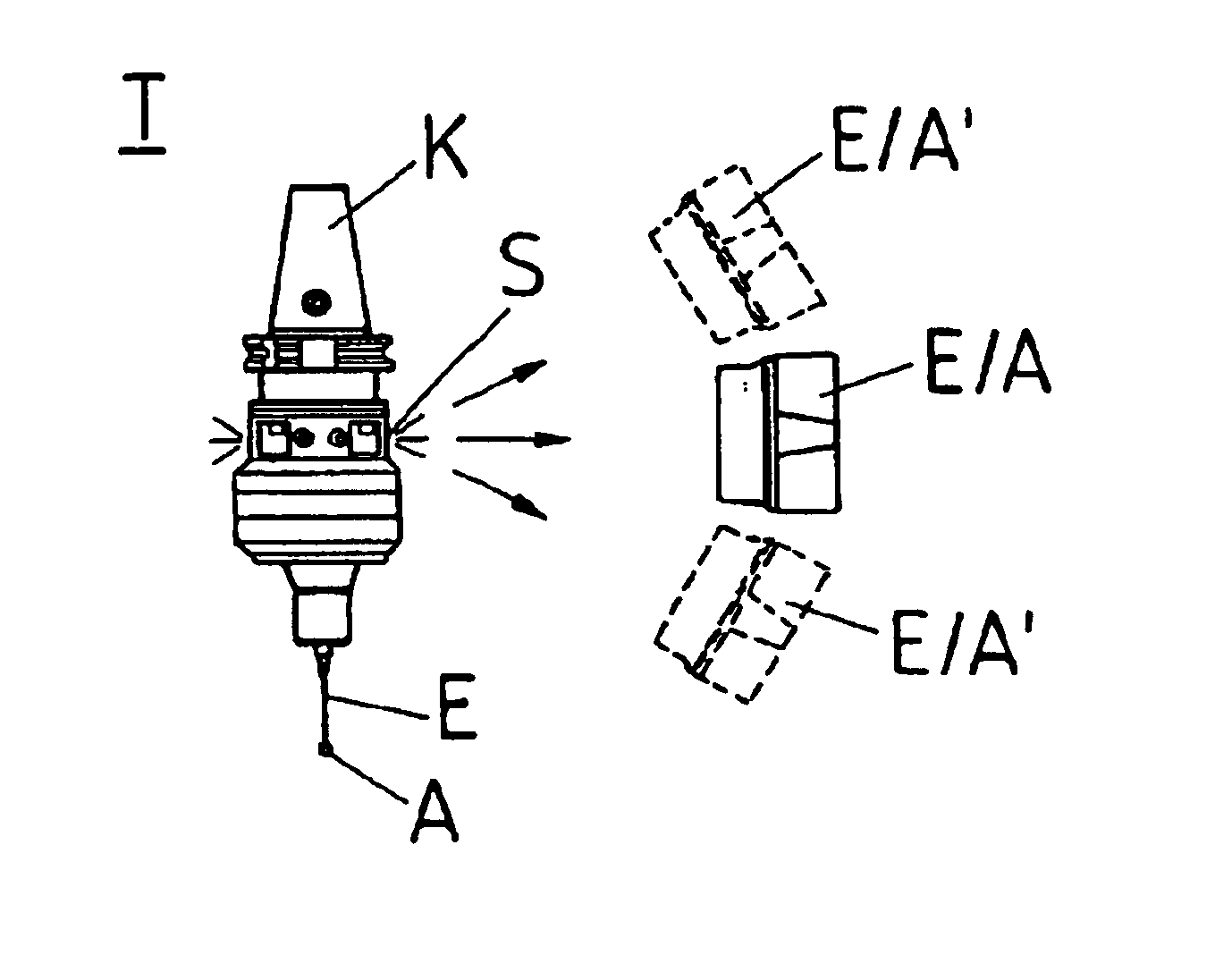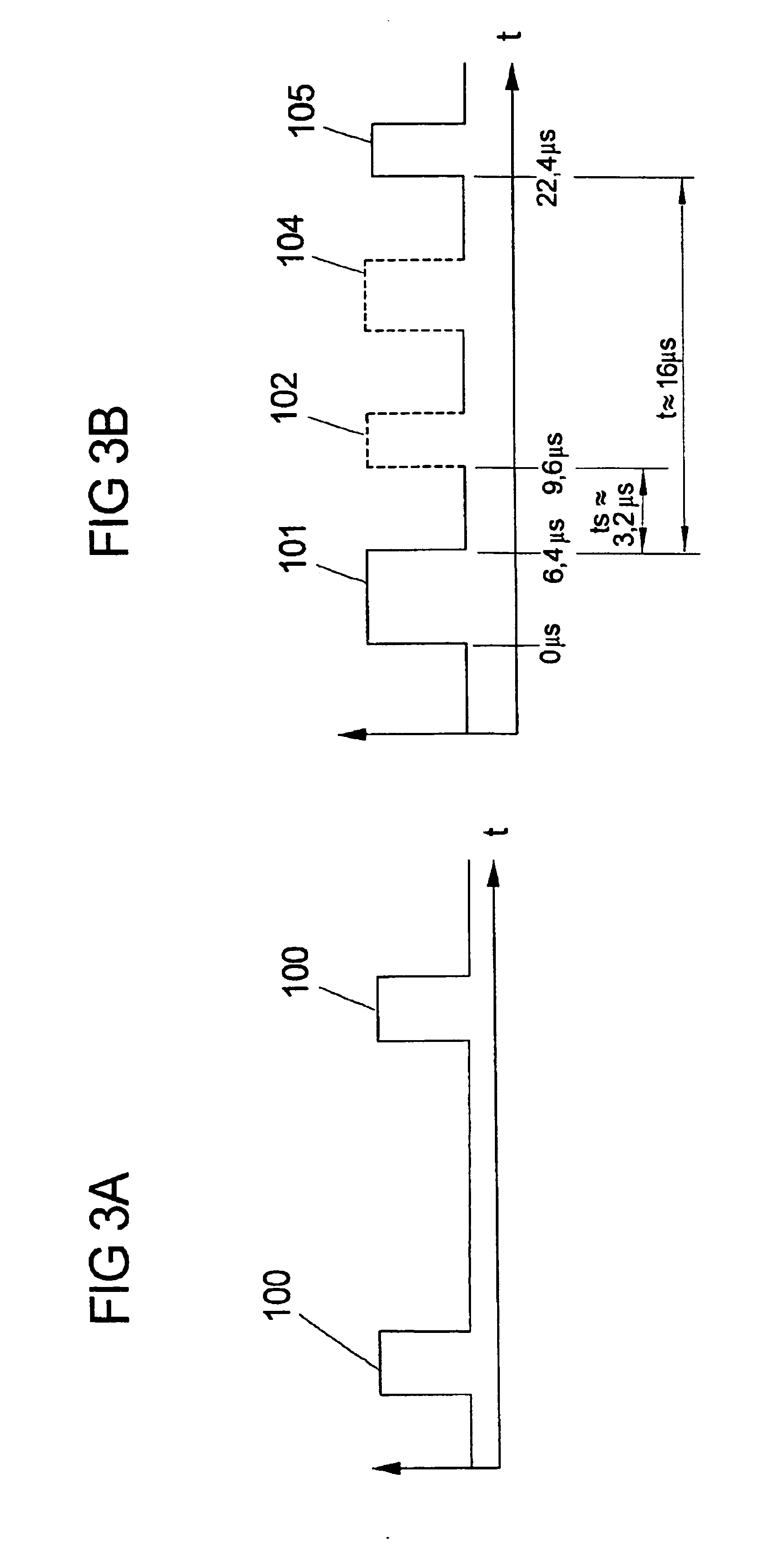Method and system for analyzing transmitted signals from a probe system
a technology of transmitted signals and probe systems, applied in the direction of mechanical measuring arrangements, instruments, and mechanical means, can solve the problems of interference signals, becoming increasingly difficult to distinguish between transmitted signals relevant to analysis of probe systems, etc., and achieve the effect of reliable identification
- Summary
- Abstract
- Description
- Claims
- Application Information
AI Technical Summary
Benefits of technology
Problems solved by technology
Method used
Image
Examples
Embodiment Construction
[0084]FIG. 1 illustrates a probe system T, which is used to determine the position and contour of a workpiece clamped in a machine tool, for example, a milling machine and, to this end, includes a measuring probe. Through the use of a cone K, the measuring probe is insertable into a spindle of the particular machine tool.
[0085]At its end opposing cone K, probe system T has a probe element E in the form of a feeler having a probing contact sphere A, which is movably supported in all directions on the housing of the probe system. Typically, the rest position of probe element E is on the axis of symmetry of probe system T, as illustrated in FIG. 1. When probing contact sphere A of probe element E makes contact with a workpiece clamped in the machine tool in question, probe element E is deflected out of its rest position. This deflection is recorded by a detector system of the probe system.
[0086]For this purpose, as illustrated in FIG. 2, the probe system has a detector system D, which ...
PUM
 Login to View More
Login to View More Abstract
Description
Claims
Application Information
 Login to View More
Login to View More - R&D
- Intellectual Property
- Life Sciences
- Materials
- Tech Scout
- Unparalleled Data Quality
- Higher Quality Content
- 60% Fewer Hallucinations
Browse by: Latest US Patents, China's latest patents, Technical Efficacy Thesaurus, Application Domain, Technology Topic, Popular Technical Reports.
© 2025 PatSnap. All rights reserved.Legal|Privacy policy|Modern Slavery Act Transparency Statement|Sitemap|About US| Contact US: help@patsnap.com



